





 |
 |
 |
 |
 |
 |
| Kazuo Lim Khee Boon | profile | all galleries >> My Travel Album >> Malaysia >> East Malaysia >> Sarawak >> Niah National Park | tree view | thumbnails | slideshow |
Niah National Park
Niah Caves is located within the district of Miri in Sarawak, Malaysia. Part of Niah National Park, the main cave, Niah Great Cave, is located in Gunung Subis and is made up of several voluminous, high-ceilinged chambers. The Great Cave lies in a large limestone block, about a kilometre long in general north to south direction and about half a kilometre wide, that is detached from the main Gunung Subis complex, by a valley between about 150 to 200 meters wide. The main Gunung Subis complex rises to about 394 meters above sea level at its highest point. The whole "Gunung Subis Limestone Complex" lies some 17 kilometres inland from the South China Sea coast and about 65 kilometres south west of the town Miri. It is roughly heart shaped measuring five kilometres from its northern tip to the south and four kilometres across. The Gunung Subis is surrounded by a low countryside with gentle hills from which the small limestone massiv and its smaller detached blocks rise rather appruptly out of the jungle, some with cliffs over 100 metres high. Though it is not an extensive cave system compared to others in Sarawak, it has been estimated to cover some 10 hectares and the roof rises to about 75 metres above the cave floor in some places. In geological terms, the limestones are part of the Subis Formation. This is dated to some 20 to 16 million years ago during the Early Miocene. The caves have been used by humans at different times ranging from the prehistory to neolithic, Chinese Sung-Era and more recent times. DSC_0069.jpg |
 DSC_0076.jpg |
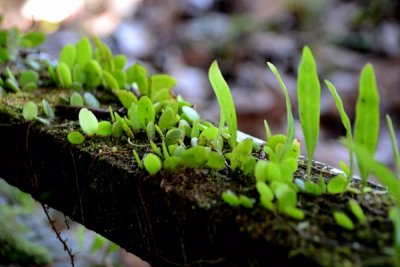 DSC_0077.jpg |
 DSC_0081.jpg |
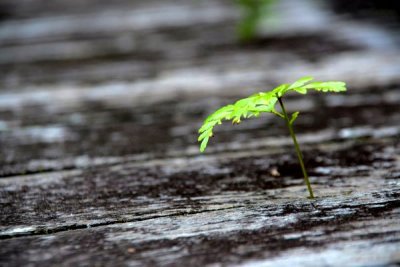 DSC_0082.jpg |
 DSC_0088.JPG |
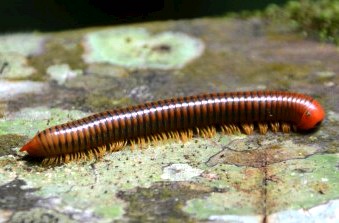 DSC_0101.jpg |
 DSC_0122.jpg |
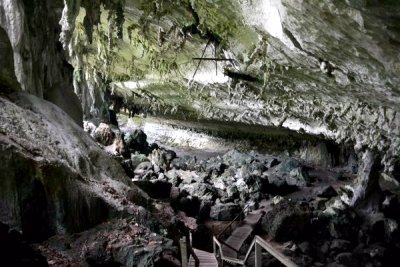 DSC_0152.jpg |
 DSC_0205.jpg |
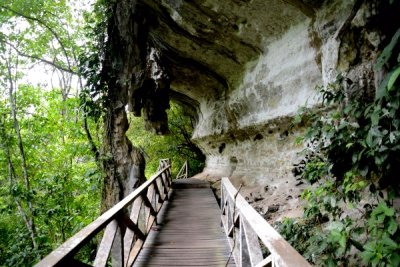 DSC_0217.jpg |
 DSC_0227.jpg |
| comment | share |